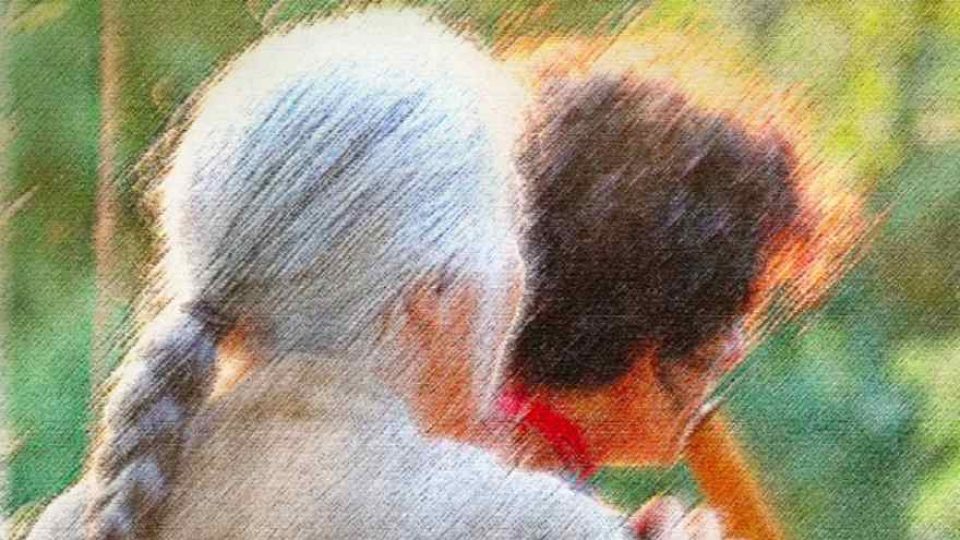
81. Venice Film Festival

80. Venice Film Festival

79. Venice Film Festival

The Biennale Arte Guide
Foreigners Everywhere

The Biennale Architecture Guide
The Laboratory of the Future

The Biennale Arte Guide
Il latte dei sogni

Rarely has a location been more fitting to immerse the audience in the deep, visceral meaning of a story, and to celebrate the rebirth of a landscape through music and spoken word. Surrounded by olive groves, orchards, and aromatic herbs, spectators will be enveloped in a dreamlike soundscape created by instruments such as gongs, Tibetan and Japanese singing bowls, tuning forks, and shruti box. A mystical atmosphere with distinctly Eastern tones generates a sound bath that gently guides the body into harmony.
In this flow — merging with the spontaneous resonance of nature, the beat of wings, or the rustling of a leaf in the breeze — audiences are invited to listen inwardly, reconnecting with the earth in a deeply personal way. The narration of an Eastern tale becomes a balm for reflection, as timely as ever. Its revelatory core lies in the fear of power — one that feels threatened by artistic beauty and responds with vengeance. Curious?
Join us on June 7 at the Garden Complex of the Church of the Redentore for Un mare di giada (A Jade Sea), a site-specific performance by O Thiasos TeatroNatura, freely inspired by How Wang-Fô Was Saved, the Eastern tale by Marguerite Yourcenar, adapted and performed by Sista Bramini, with original music by Sara Galassini.
In this work, Sista Bramini’s gift for storytelling merges with Wang-Fô’s painterly poetry and Sara Galassini’s evocative soundscapes. Yet we shouldn’t be misled into thinking that beautiful music and lyrical prose avoid confronting cruelty and horror: in the original tale, Yourcenar powerfully asserts the enduring force of art, often in stark, uncompromising contrast with the corrupting nature of power.